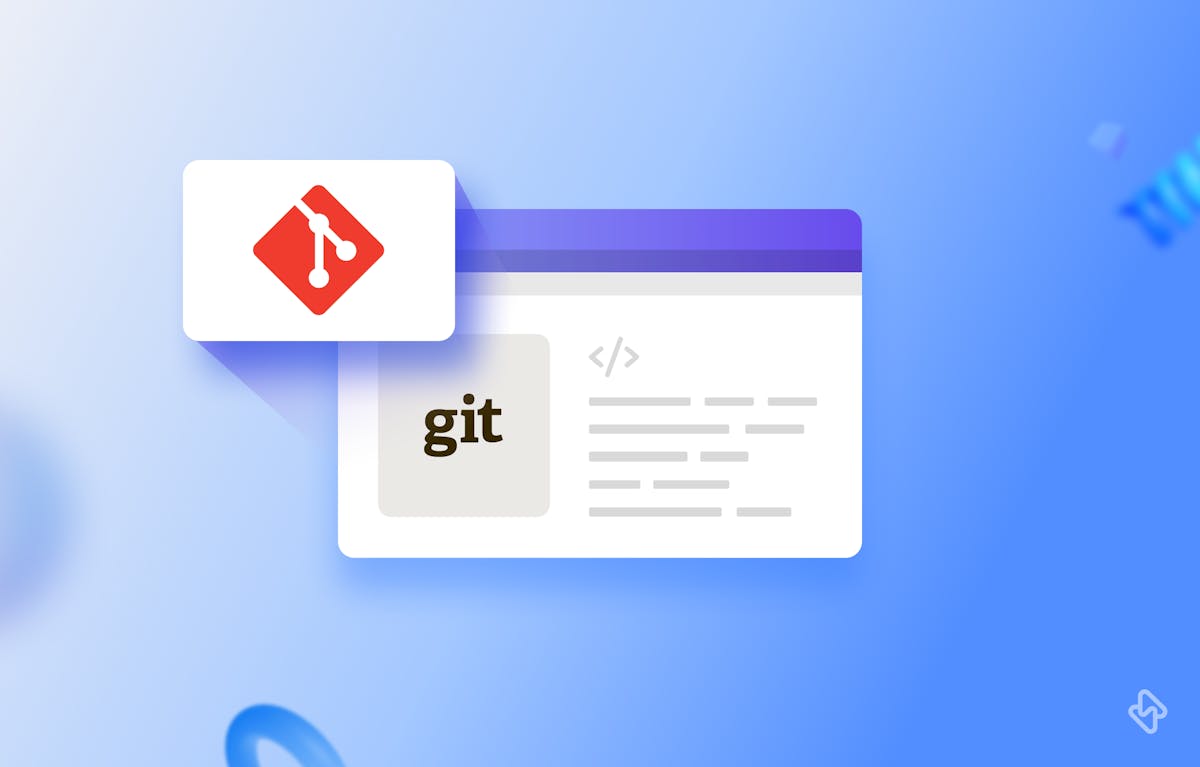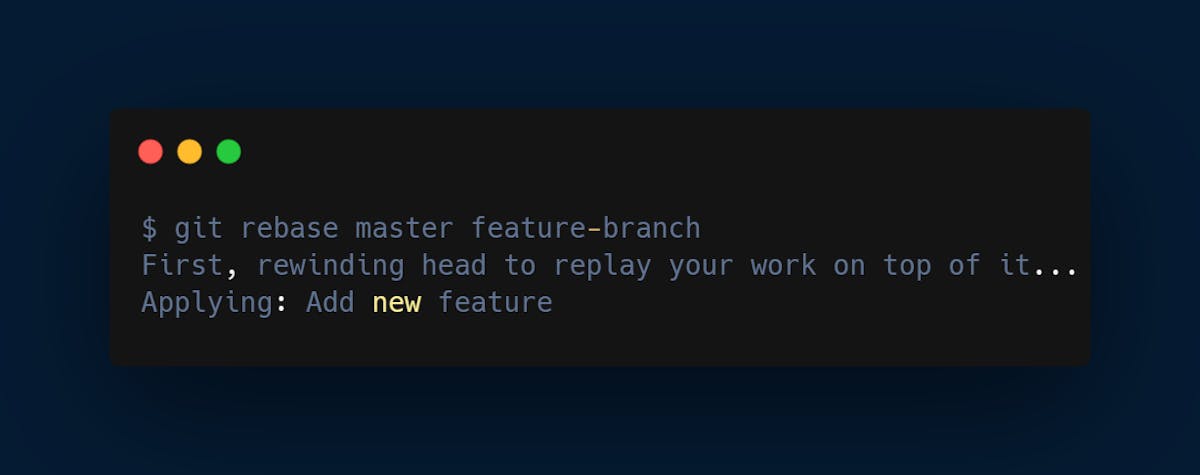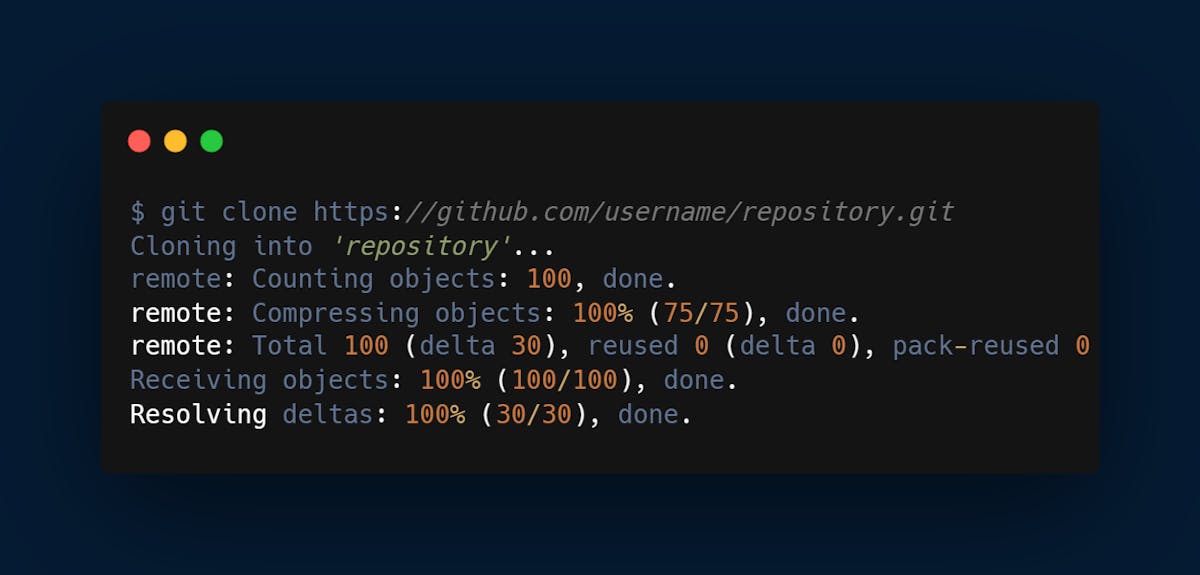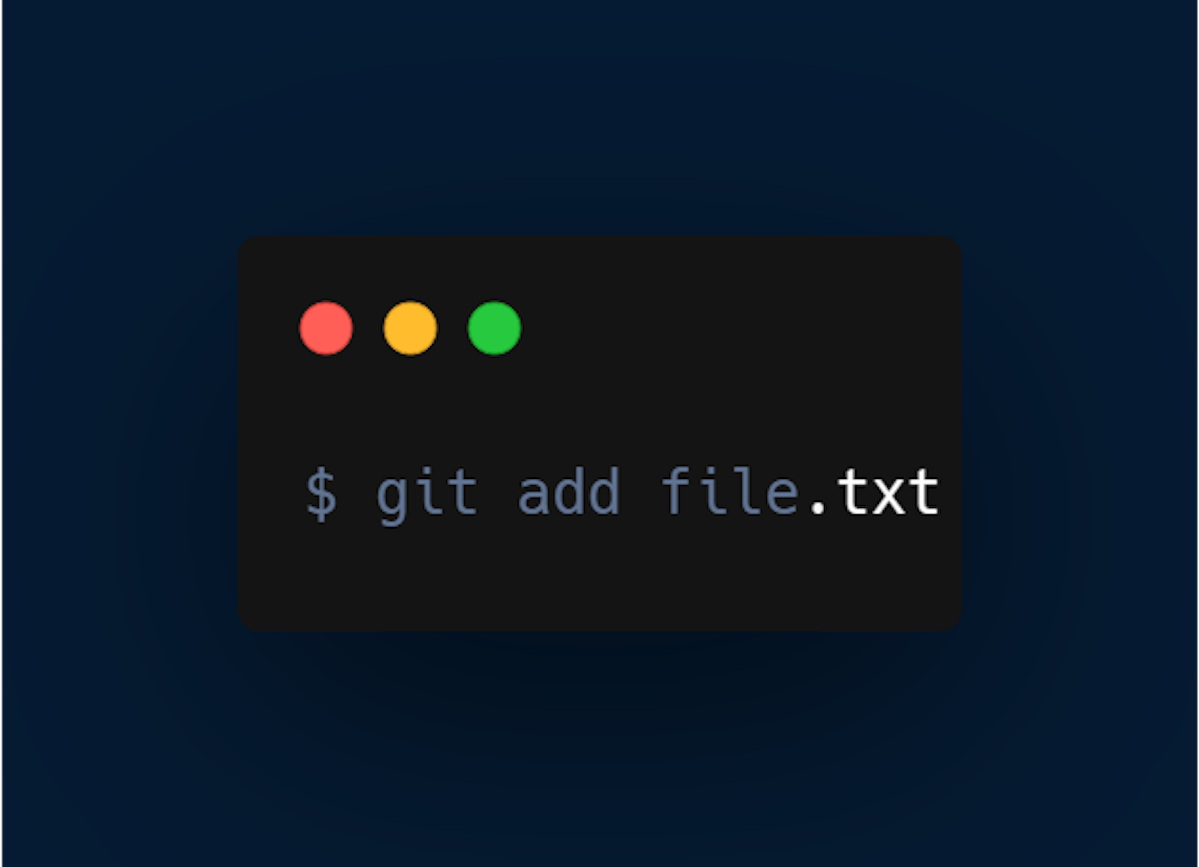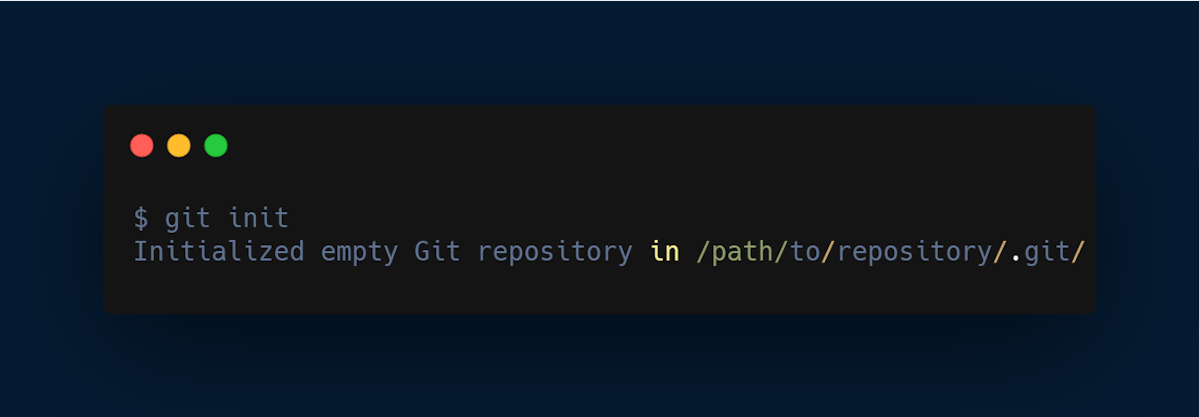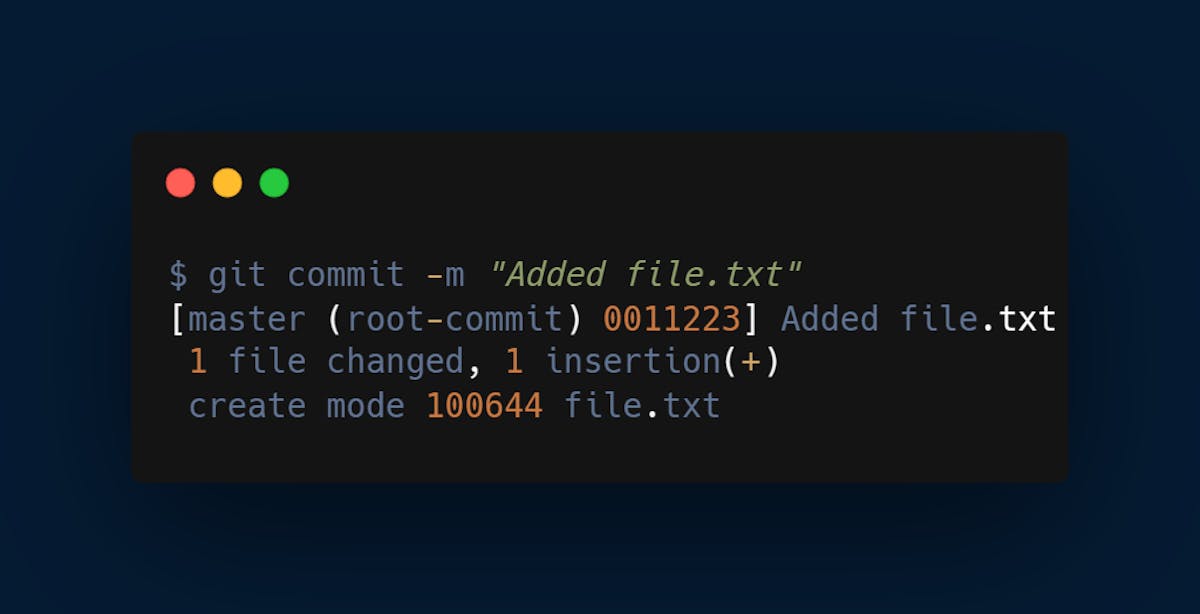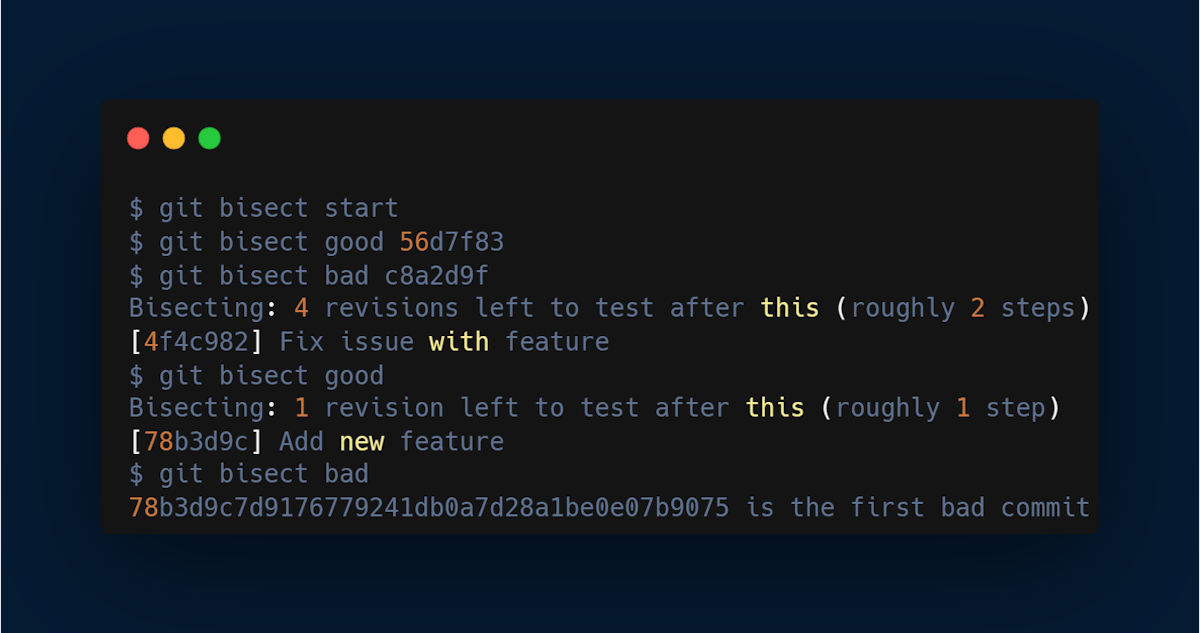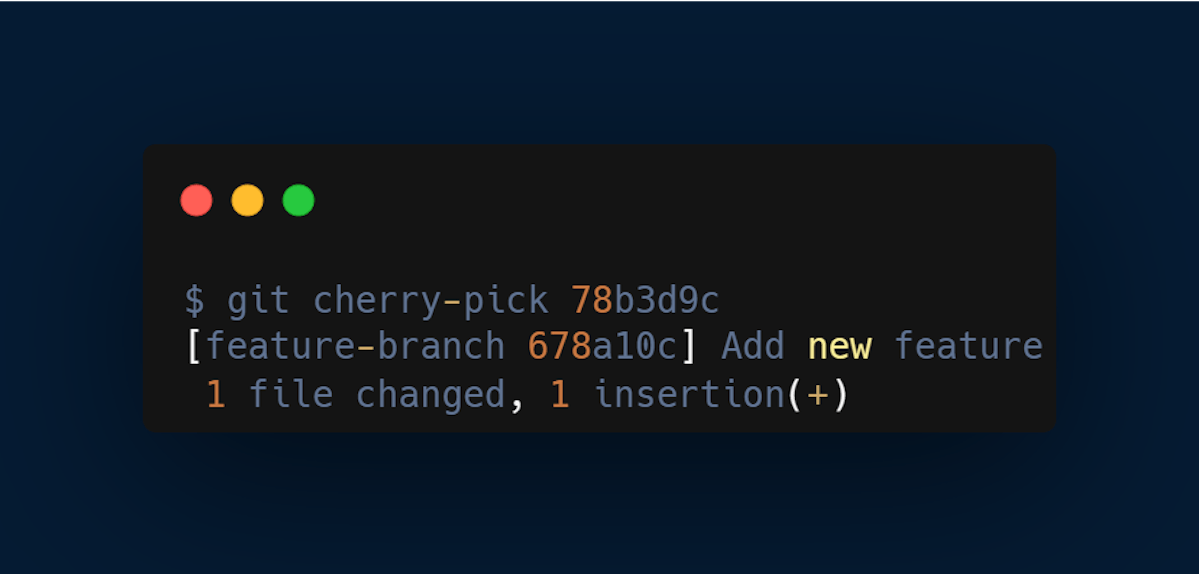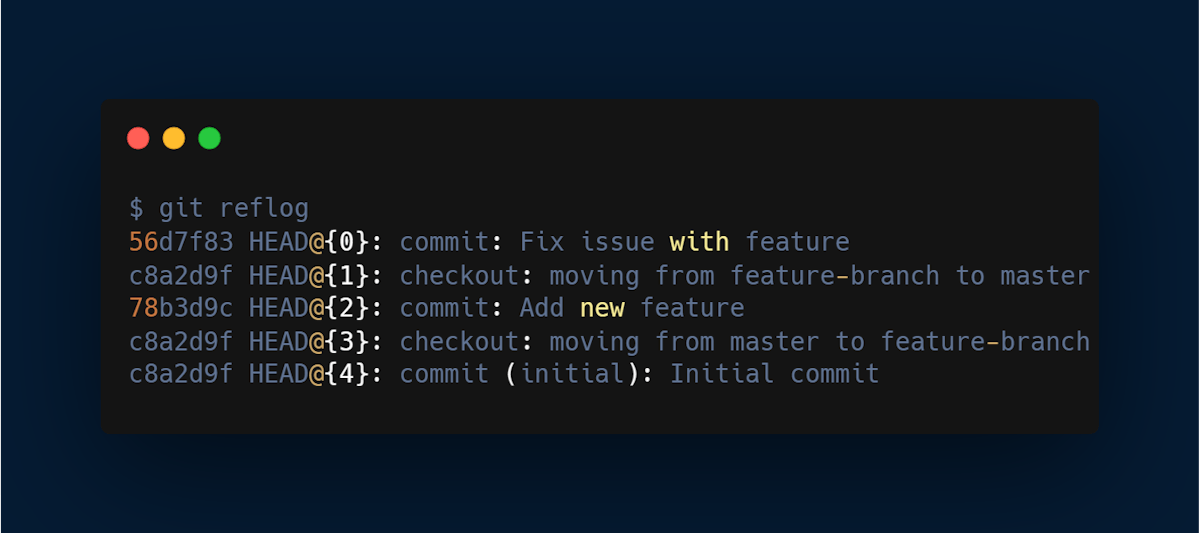In the world of software development, efficient collaboration and version control are essential to building robust and reliable applications. Git, a powerful distributed version control system, has emerged as the industry standard for managing source code. Whether you are a seasoned developer or just starting in the programming world, understanding Git and its features is crucial.
Teams usually agree on how the flow of changes will be implemented while working with a team on a Git-managed project. An established Git workflow should be created or chosen to ensure the team is on the same page.
Several widely known Git procedures might work well for your team; let’s go over a few of these Git workflow choices as we will explore the features, commands, and workflow of Git in today’s article.
What is Git?
Git is a widely used distributed version control system that enables developers to manage and track changes made to a codebase. Developed by Linus Torvalds in 2005, Git has become the de facto standard for version control in the software development industry. Git gives users a great deal of autonomy in how they handle changes, which strongly emphasizes flexibility, giving the developer the choice to set the way to work with it.
Key Features of Git
Git has many powerful features that make it an indispensable tool for version control and collaborative software development. Here are some key features of Git:
- Distributed: Git is a distributed version control system that enables developers to work on a codebase without needing to be connected to a central server. This allows for a more flexible and decentralized workflow, as developers can work independently and merge their changes later.
- Branching and merging: Git enables developers to create and manage branches of a codebase, which allows for parallel development and experimentation. Git also provides tools for merging branches back into the main codebase, ensuring that changes are integrated smoothly.
- History tracking: Git maintains a detailed history of all changes made to a codebase, enabling developers to track the evolution of the codebase over time. This history can also be used to revert changes or to identify the source of bugs.
- Staging: Git provides a staging area, also known as the index, where changes can be reviewed and prepared for committing to the codebase. This enables developers to carefully review and selectively commit changes, rather than committing all changes at once.
- Speed: Git is designed to be fast, even with large repositories. This is achieved through the use of efficient data structures and algorithms.
- Security: Git uses cryptographic hashes to ensure the integrity of the codebase. This means that any tampering with the code will be immediately detected.
- Open Source: Git is an open-source project, which means that anyone can contribute to its development. This has led to a large community of users and contributors who provide support and contribute new features.
Git Commands
Here are some essential Git commands that every developer should be familiar with:
- git commit: Commits changes to the local repository with a commit message describing the changes made.
- git push: Pushes committed changes to a remote repository.
- git pull: Pulls changes from a remote repository to the local machine.
- git branch: Lists existing branches or creates a new branch.
- git checkout: Switches to a different branch or a specific commit.
- git rebase: Modifies the commit history by reapplying changes from one branch to another. This can be useful for keeping a clean commit history and avoiding merge conflicts.


